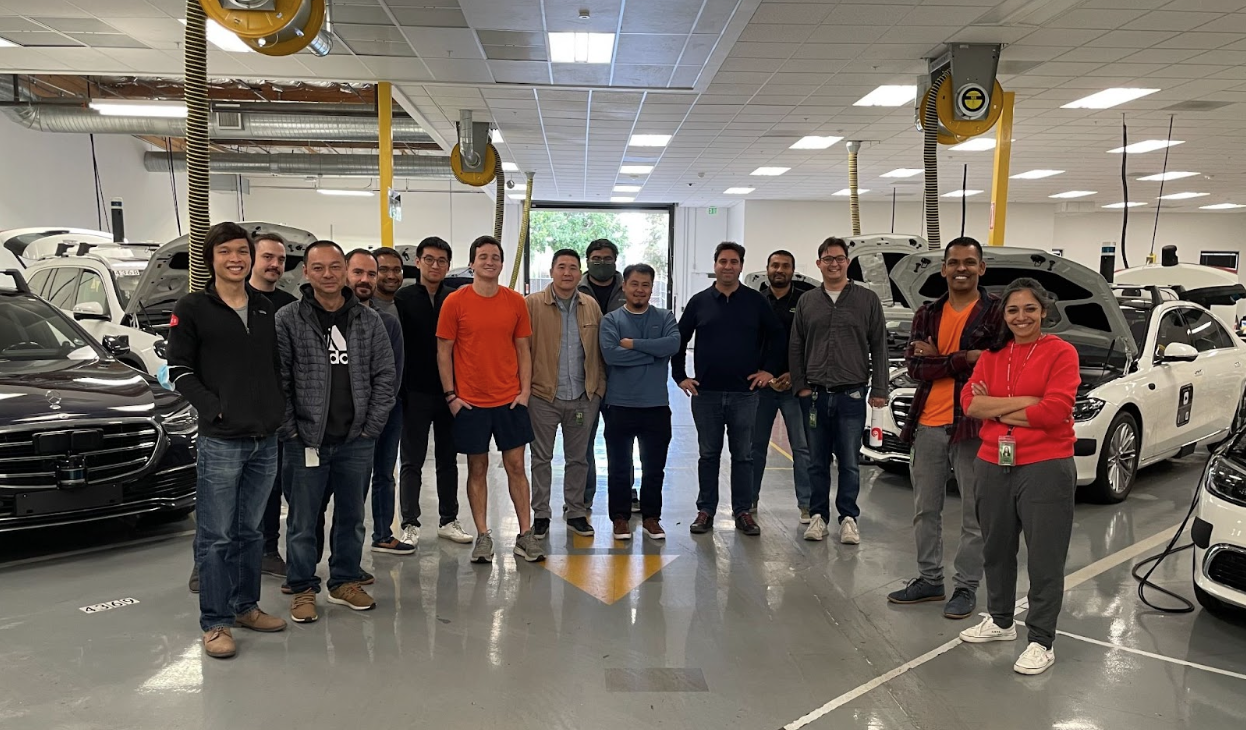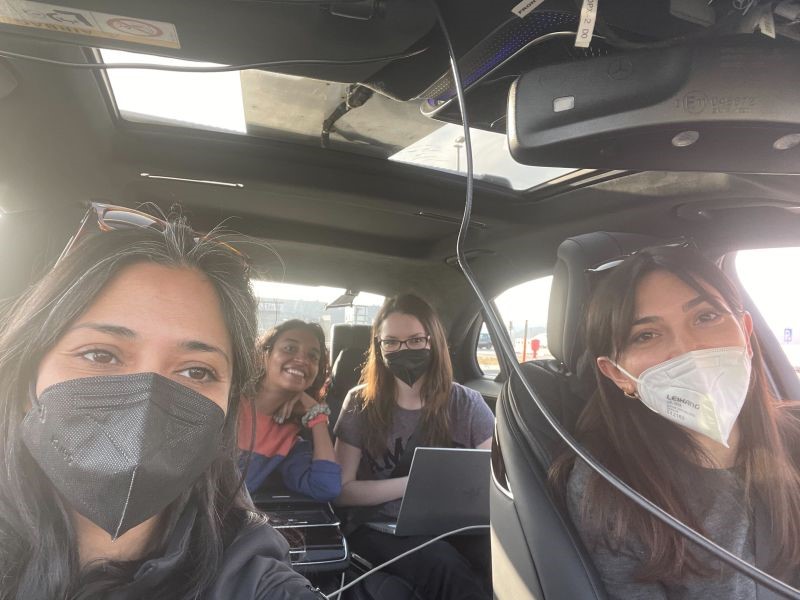Sarah Tariq joined NVIDIA 18 years ago as an intern — and is now the company’s vice president of autonomous driving software, leading a team of several hundred engineers.
Originally from Islamabad, Pakistan, Tariq is based in Silicon Valley with a team spread across the U.S., Europe, India and China. They’re focused on developing next-generation, in-vehicle computing systems that will power a wide range of vehicles, including the future models of Mercedes-Benz and Jaguar Land Rover.
“NVIDIA is developing a unified platform that does it all: We’re specifying the sensors plus creating the hardware and software needed to drive passengers safely from point A to B,” Tariq said. “Our system, referred to as NDAS, is integrating standard features including emergency braking, lane keeping and parking assistance together with higher-level software for autonomously navigating urban traffic, including safely navigating complex intersections and interactions with other road users including pedestrians and bicyclists.”

Ramping Up: From Intern to VP
After finishing her undergrad studies back home, Tariq moved to the U.S. for her master’s in computer science. Soon after starting a Ph.D. program in 2005 at Georgia Tech, focused on computer vision and computer graphics, she came to NVIDIA as an engineering intern working on graphics for gaming.
“I came for a couple months, and ended up staying for nearly a decade,” she said. “At the time, I felt that whatever I could do in grad school, I could do it better at NVIDIA, where I had access to much more information and resources.”
Over nine years, Tariq worked as a software engineer on NVIDIA’s developer technology team — collaborating with external developers to optimize video game performance, implementing real-time rendering of fluid and hair in games, and accelerating molecular dynamics and quantum chemistry algorithms on supercomputers.
She then shifted gears to the automotive team and NVIDIA DRIVE, where she was the technical lead on a self-parking project.
Tariq then spent six years at Zoox — an AV startup later acquired by Amazon — developing perception for robotaxis and leading the overall improvement of driving quality. She returned to NVIDIA in 2021 to lead autonomous driving software development.
“There are so many groundbreaking and meaningful initiatives we’re working on at NVIDIA — it’s an amazing aspect of the company,” she said. “Engineers can apply the knowledge of accelerated computing to any field they want to make an impact in.”
Building a Fleet of Top Talent
One of Tariq’s goals is to build an inclusive team where members feel supported and empowered to do their life’s work. On a trip to Germany last year to support our collaboration with an auto partner, Tariq was heartened to discover that the team of NVIDIANs taking a test drive were all women.
“We didn’t try to stage that at all — it just ended up that all these great, capable women were the right people to send on that mission,” Tariq said. “It was such a contrast to back when I was studying and would be the only woman in a group of 50.”

Racing Toward Autonomy
Tariq looks forward to the NVIDIA-powered vehicles that will hit the road in the coming years — and the significant positive impact the technology could have on people’s lives.
“Autonomous driving is rapidly evolving and full of interesting technical challenges,” she said. “After having worked in and seen the industry from many angles, I believe the best way to make the promise of autonomous driving a reality is the way NVIDIA’s approaching it — by creating groundbreaking hardware and software for autonomy that can efficiently be deployed on large-scale consumer cars, and software that continues to learn and improve using the data it sees worldwide.”
Learn more about NVIDIA’s work in autonomous driving through the DRIVE Labs YouTube video series.
